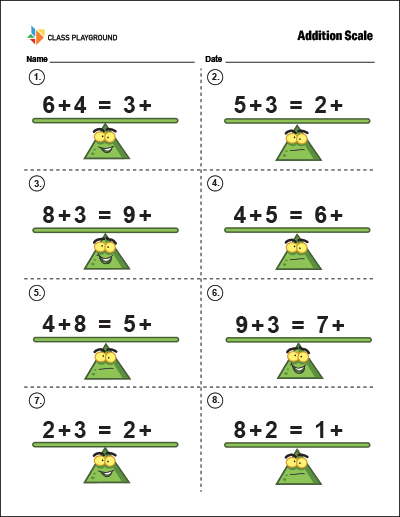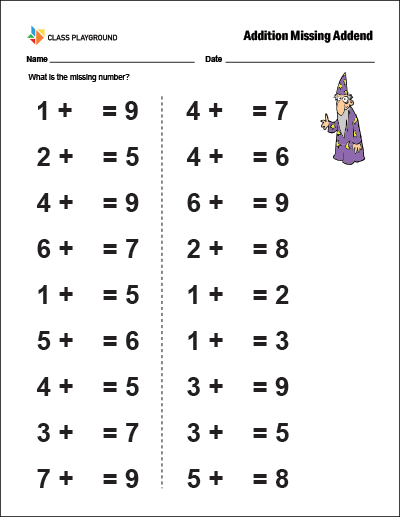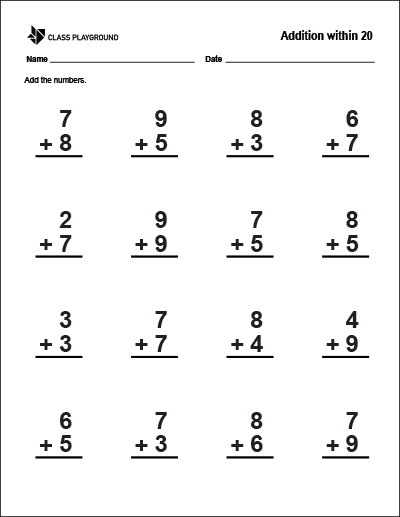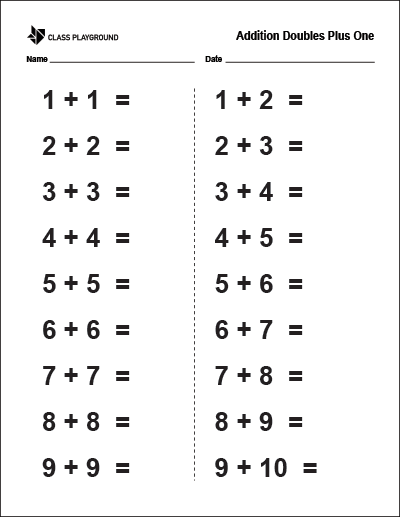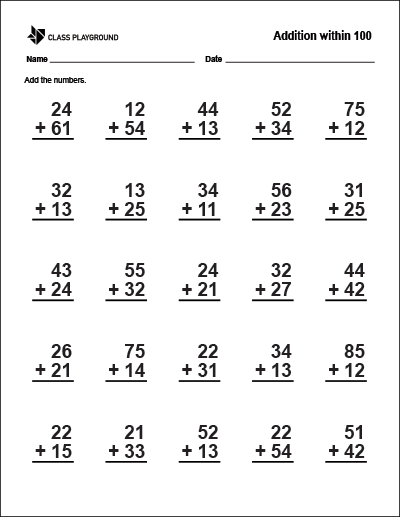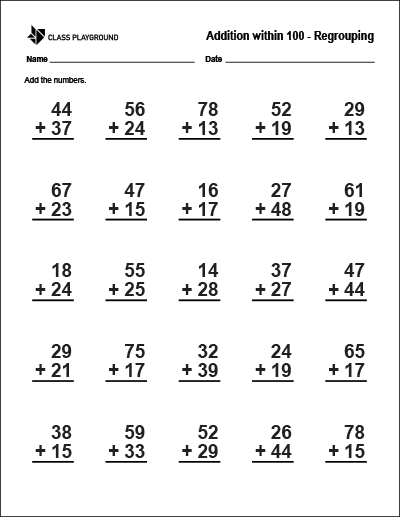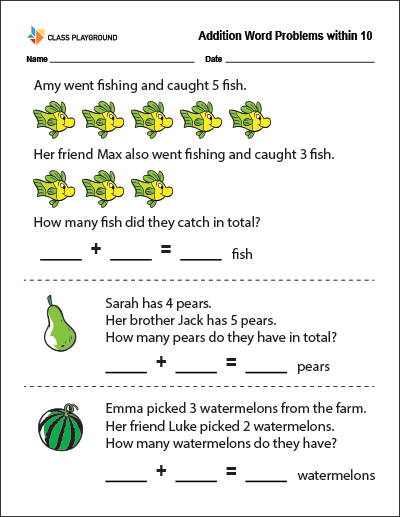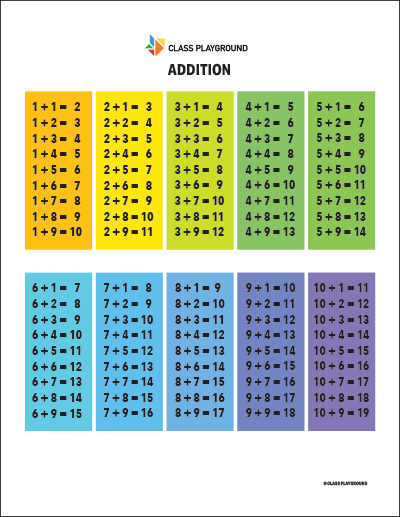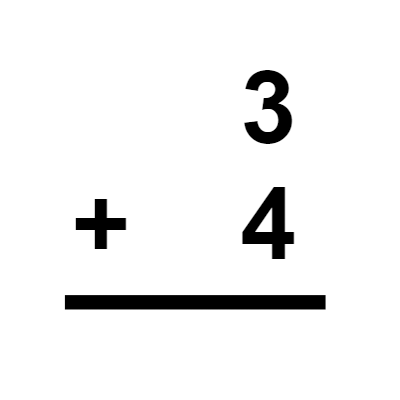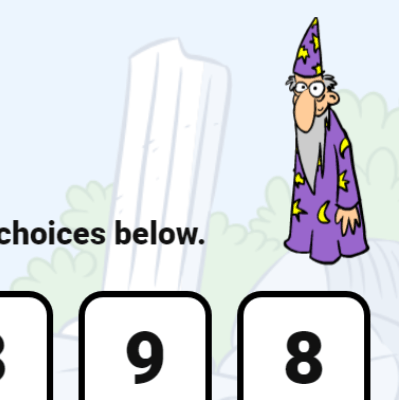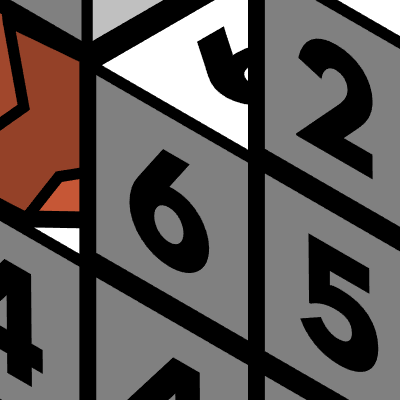What is Addition?
Addition is the mathematical process of putting together quantities or numbers. It involves combining two or more numbers to get a total or sum. It’s one of the first mathematical operations that children learn, and it’s used in everyday life, from counting items to managing money.
Why Teach Addition?
Teaching addition to elementary students is essential because it is one of the fundamental building blocks of mathematics. Understanding addition is not only necessary for academic success but also for practical everyday tasks like counting money or telling time. Furthermore, addition serves as the basis for other mathematical concepts such as multiplication and division.
Strategies for Teaching Addition
- Use of Manipulatives: One of the most effective ways to teach addition is through the use of manipulatives. These are physical objects that students can touch and move around to help them visualize mathematical concepts. For example, if you’re teaching the sum 3+2, you can start with three blocks in one group and two blocks in another group. Then, combine both groups and count all the blocks together. This hands-on approach makes abstract mathematical concepts more concrete and understandable.
- Flashcards: Flashcards are a classic teaching tool that can effectively reinforce addition skills. They provide a quick and easy way for students to practice addition facts. Each card should have an addition problem on one side (e.g., 3 + 2) and the answer on the other side (5). Regular practice with flashcards can help students become more fluent in addition and improve their recall of basic math facts.
- Number Lines: Number lines are another visual tool that can help students understand addition. They allow students to see the distance between numbers, reinforcing the concept that larger numbers are the sum of smaller ones. For example, to solve the problem 3+2, students can start at the number 3 on the number line and then move two spaces to the right, ending up at the number 5.
Activities
- Addition Card Game: This game can be played using a standard deck of cards, where face cards represent 10 and aces represent 1. Each student draws two cards and adds the numbers together. The student with the highest sum wins that round. This game encourages mental math and reinforces addition skills.
- Addition Bingo: Create bingo cards with sums (like 5, 7, 10, etc.) in each square. Then call out simple addition problems (like 2+3, 4+3, 5+5, etc.) that match those sums. As students solve the problems, they mark the corresponding sum on their bingo card. The first student to get five in a row—across, down, or diagonally—shouts “Bingo!” and wins the game.
- Addition Art Projects: For this activity, students can create pictures using a set number of items like stickers, buttons, or beads. They can then add the items together in different ways. For example, if a student uses 5 red beads and 4 blue beads to make a picture, they can discover that 5 + 4 equals 9.
- Hopscotch Addition: Draw a traditional hopscotch grid and write numbers in the squares. Instead of hopping through the squares in order, have students toss a stone onto a number and then hop that many squares. They then toss the stone onto another number and hop again, adding the new number to their total. This game helps students practice both gross motor skills and addition.
- Addition Relay Race: Divide the students into teams. Have the first student from each team run to a chalkboard or whiteboard and solve an addition problem, then run back and tag the next team member, who then solves a new problem. The first team to finish all their problems is the winner. This activity combines physical activity with math, keeping students engaged and active.
- Grocery Store Game: Set up a pretend grocery store in your classroom with items labeled with prices. Give each student play money and a shopping list with items they need to “buy.” Students must add up the total cost of their items. This activity not only reinforces addition skills but also introduces students to money management and budgeting.

